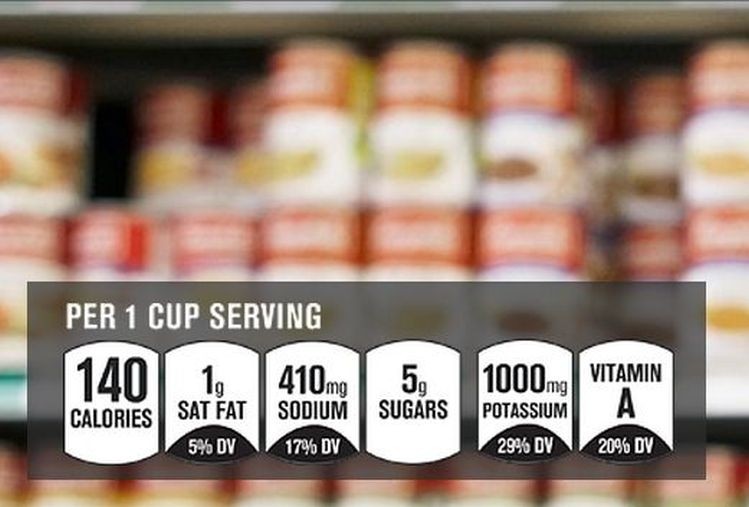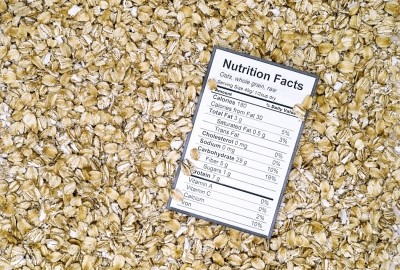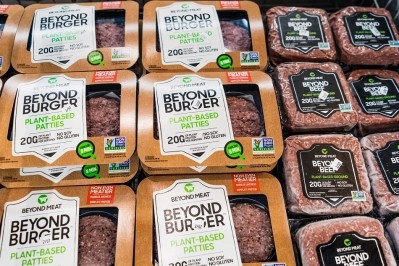Study: Facts up Front nutrition labels associated with improved nutritional quality

“We wanted to know whether food companies were responding to increased public interest in healthier food,” said Rishika Rishika, co-author of the study (published in the Journal of Marketing) and an associate professor of marketing in North Carolina State University’s Poole College of Management.
“In other words, is the market driving change in the nutrition of food products? And the evidence suggest that this is exactly what’s happening.”
Researchers from North Carolina State University looked at 16 years of data (1996-2011) on tens of thousands of products to determine if there was any impact in terms of improved nutritional quality when products adopted the 'Facts Up Front' style FOP (front-of-pack) nutrition labels, which highlight calories, saturated fat, sodium and sugar per serving and give firms the option of highlighting two ‘nutrients to encourage’.
“We had hypothesized that when nutritional information is clearly marked on the front of the package, that consumers would be more likely to consider it when deciding what to buy,” said Rishika.
“This would, in turn, cause competitive pressure on other brands in that category to innovate and improve the nutritional quality of their products.”
To determine whether the voluntary FOP labeling had any influence on the nutritional content of food products, researchers evaluated differences in the nutritional quality of all products in the category both before and after any products adopted the FOP labels.
Using the Nutrient Profiling model, the study specifically looked at key nutrients including sugar, fat, sodium, protein, and fiber.
The findings
Researchers said they found a clear association between FOP labeling and changes in the nutritional content of food products.
According to the study, in general, food that adopted FOP labeling showed improved nutritional quality with premium brands and products in categories that are “broadly unhealthy” such as snack foods demonstrating more pronounced improvements to nutrition.
Researchers reported that across all 44 food categories analyzed in which at least some products adopted the FOP labels, there was a 12.5% reduction in calories; 12.97% reduction in saturated fat; 12.62% reduction in sugar; and 3.74% reduction in sodium.
Some product categories saw dramatic differences in nutrition content such as ‘whole grain oat breakfast cereal,’ which with the FOP effect saw a 66.43% reduction in sugar per serving. Four cheese thin crispy crust pizza and four cheese traditional crust pizza also saw significant sugar reductions with FOP labeling – 53.62% and 47.63%, respectively
Overall impact of 'Front of Package' nutritional labeling
More broadly, the findings suggest that voluntary, highly visible nutritional labeling can be an effective tool for encouraging change on an industry level, said researchers.
“However, it remains unclear which aspect of the program is more important,” said Rishika.
“Is the fact that the program is voluntary more important, since it helps consumers identify brands that are choosing to share nutritional information on the front of package? Or is the fact that the FOP labeling is prominent more important, simply because the information is more clearly noticeable? Those are questions for future research.”















